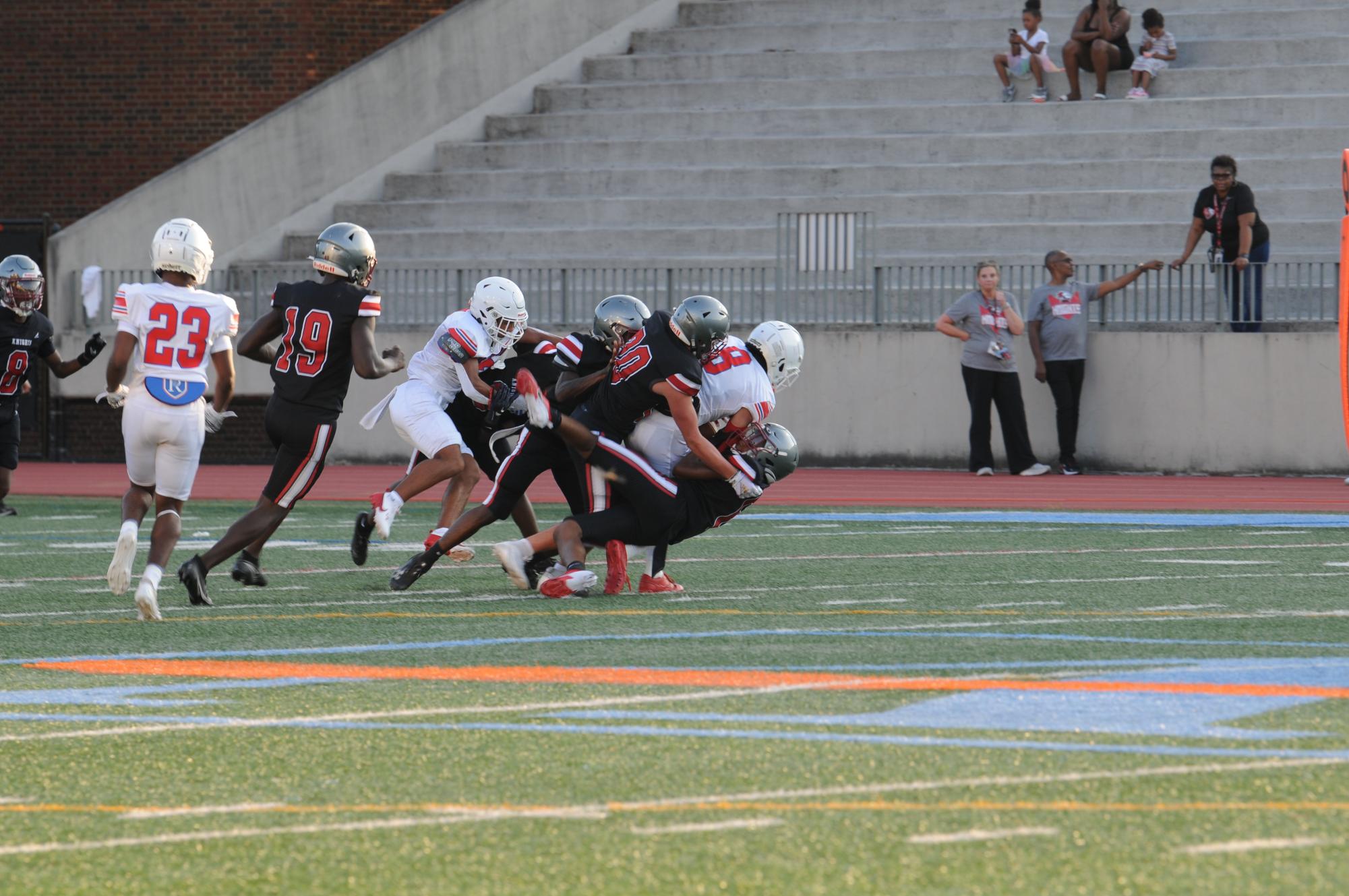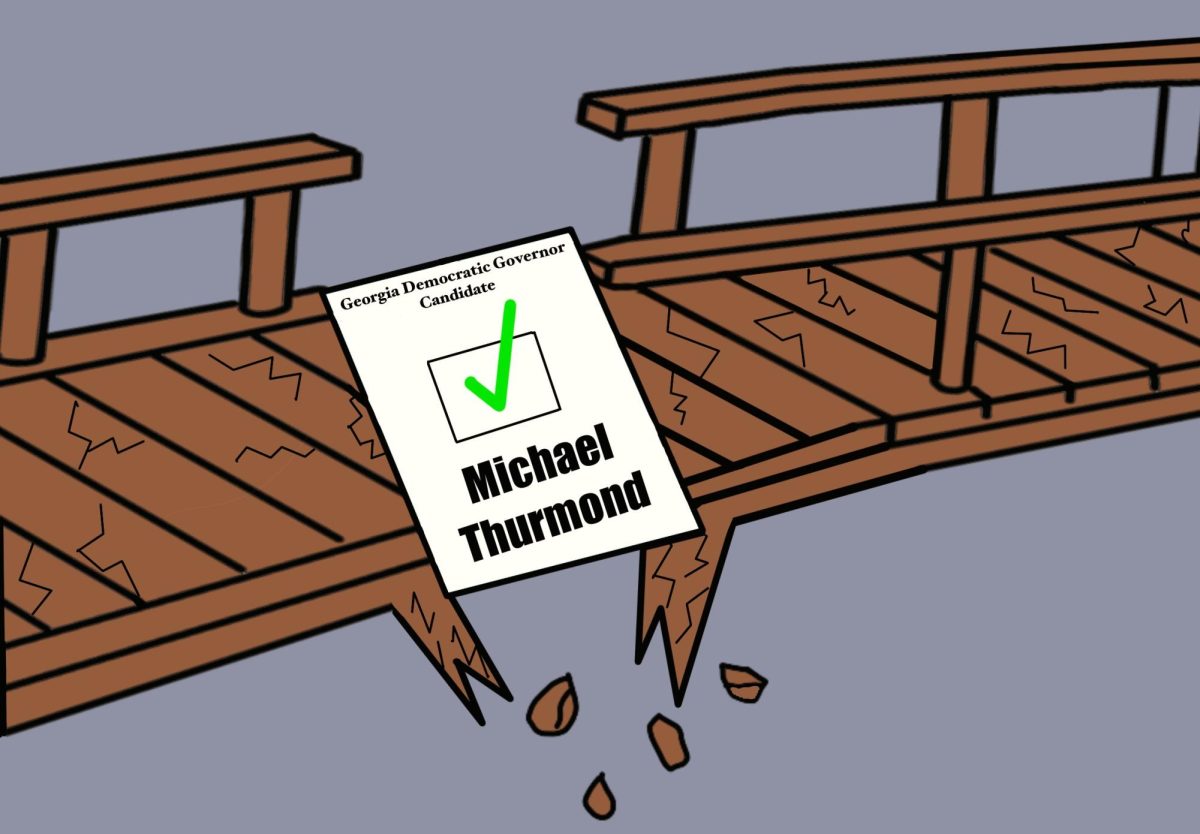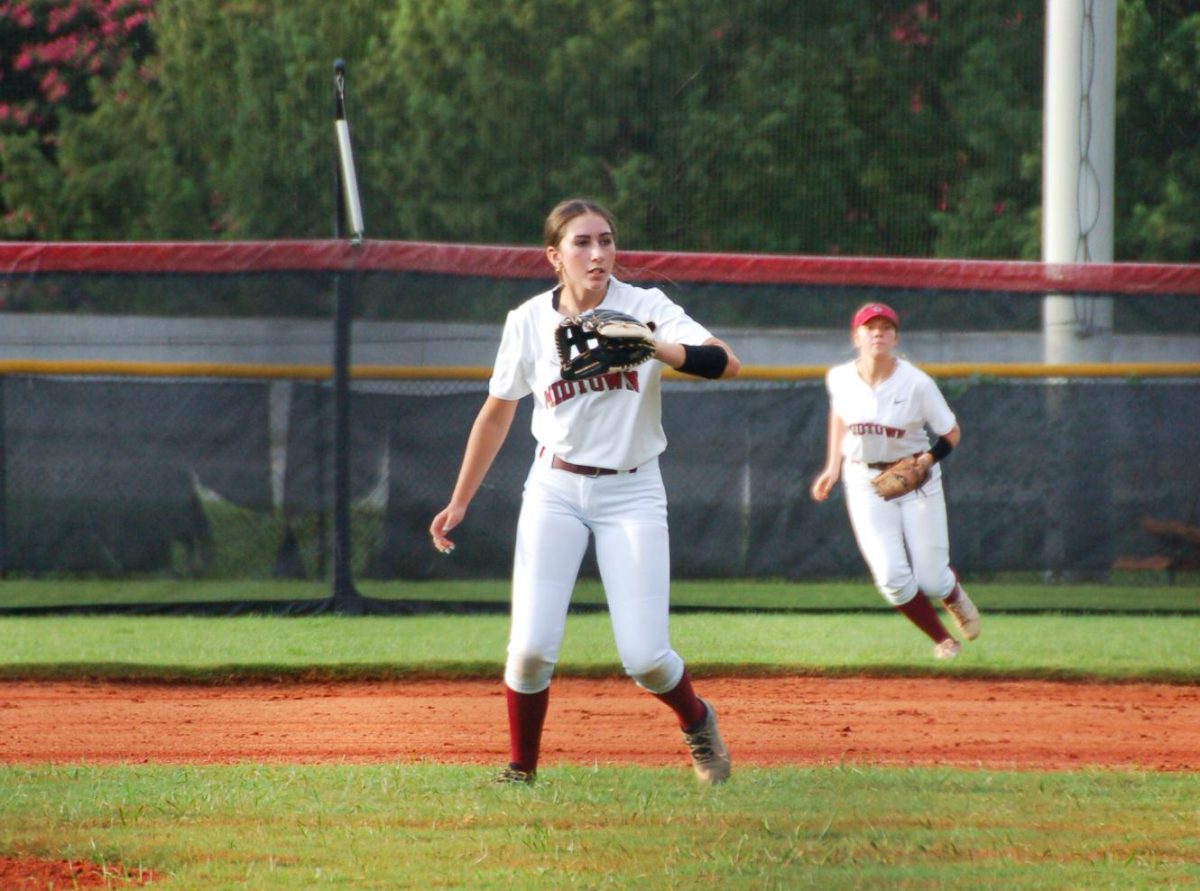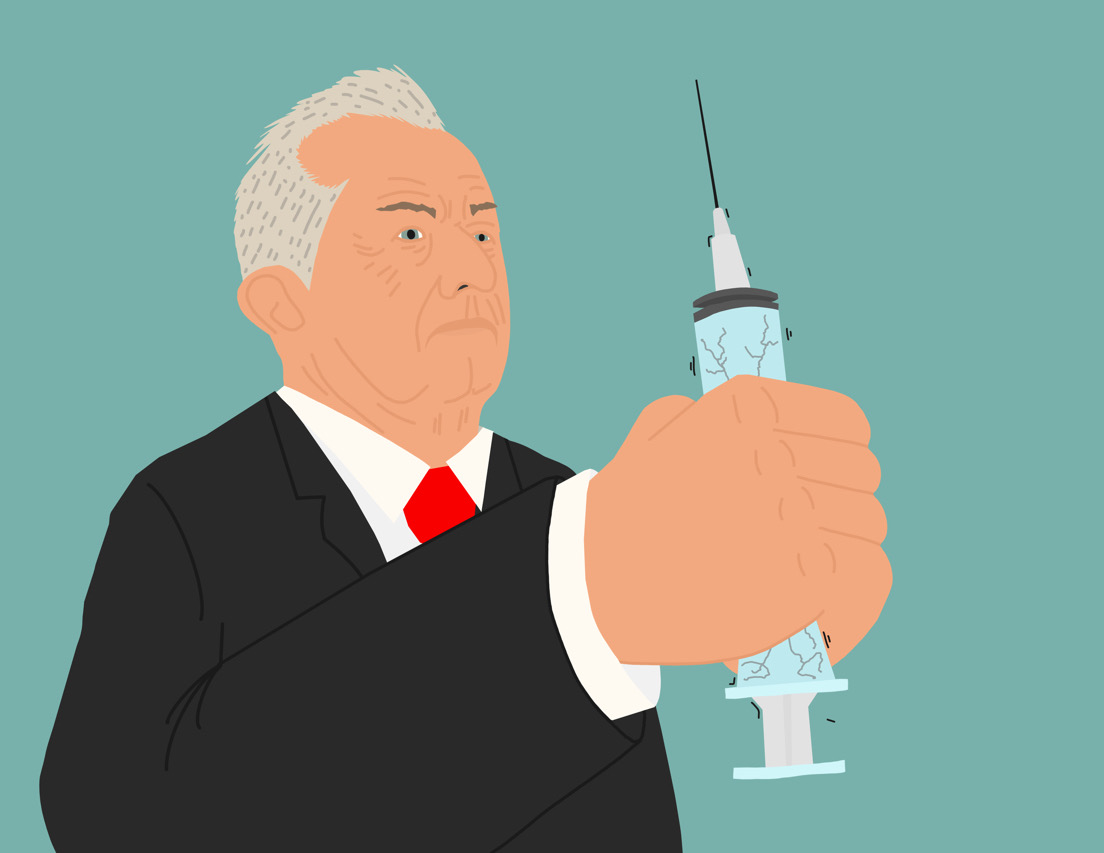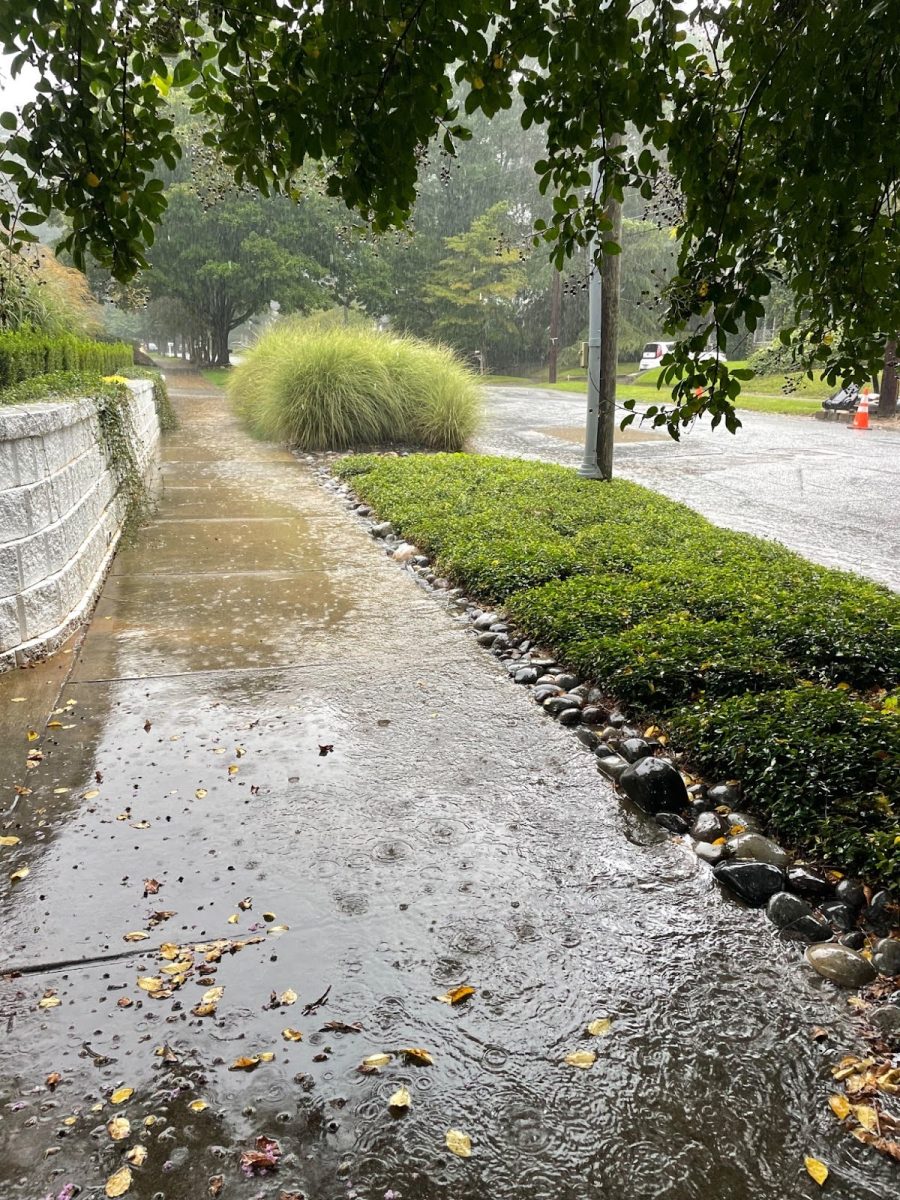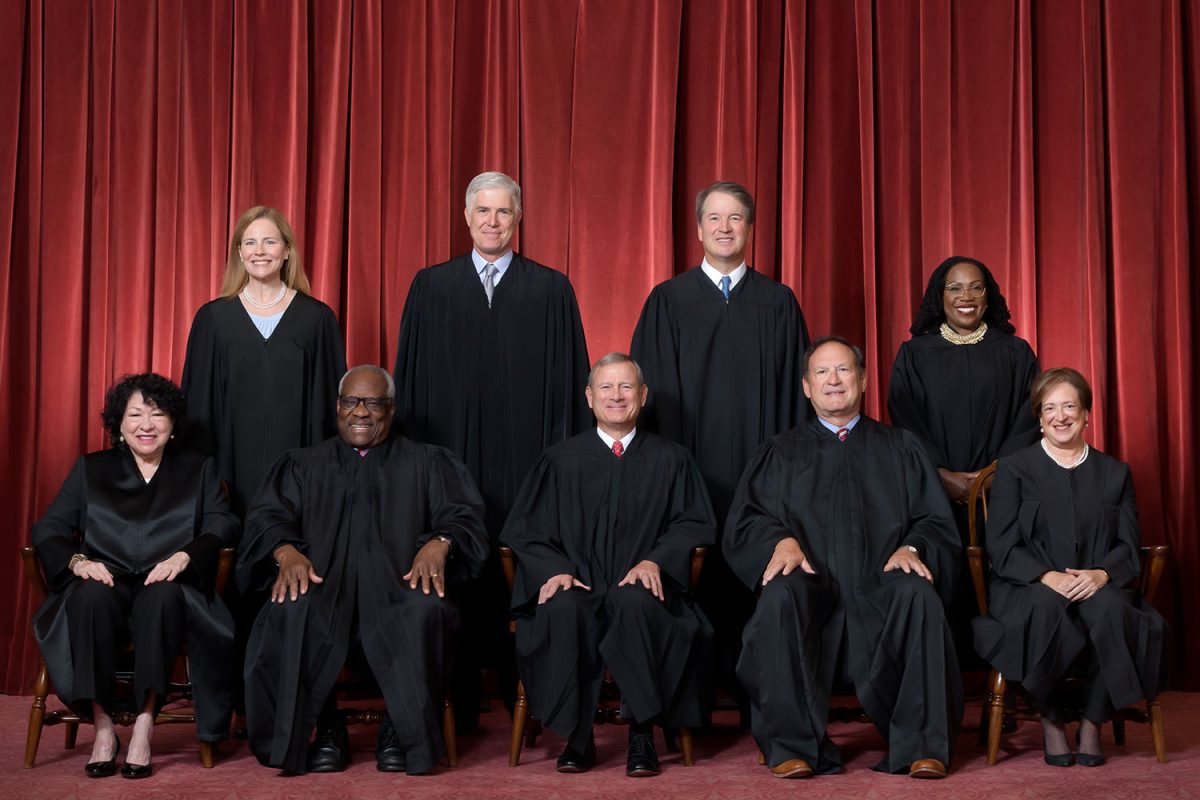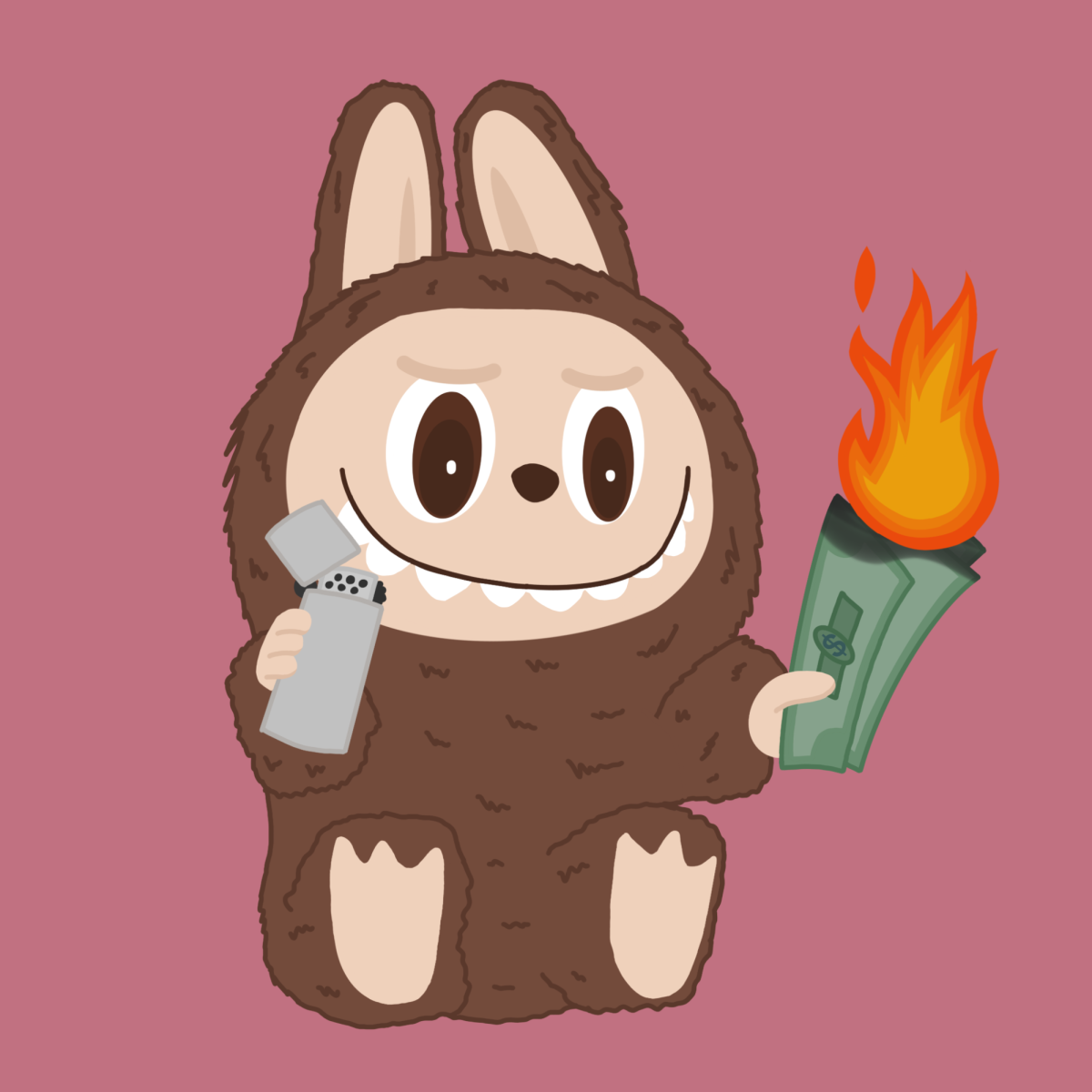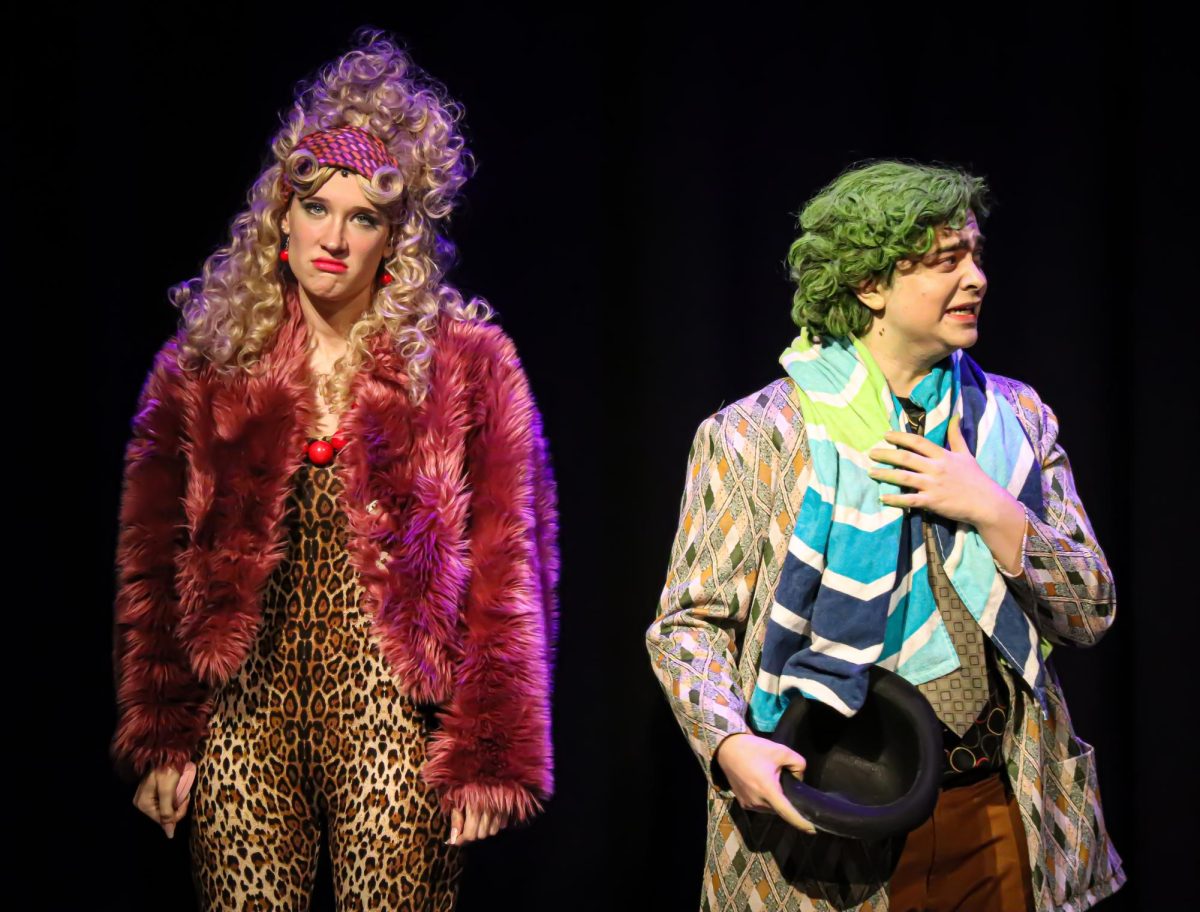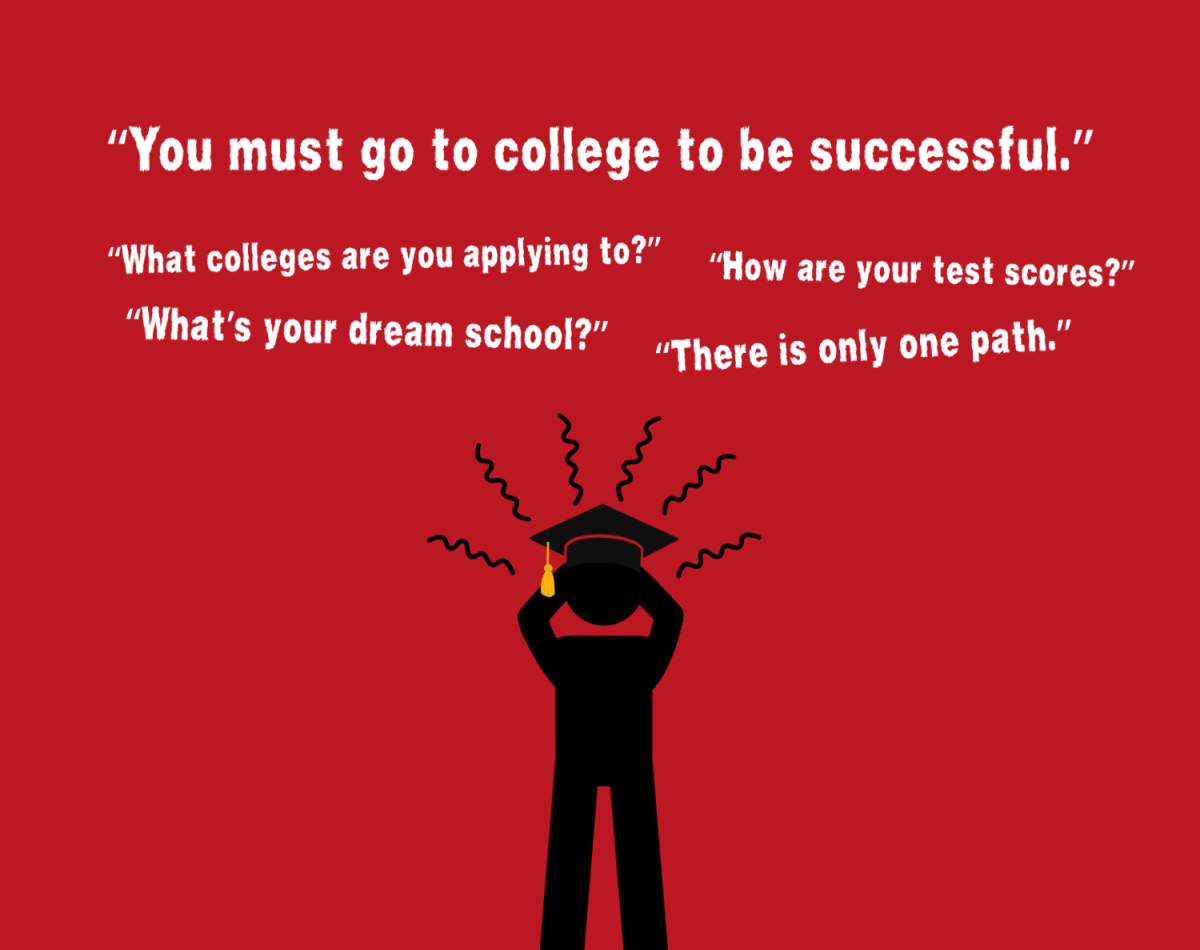Head to Head: Should GHSA classify schools based on performance?
The GHSA should not change the classification system because it puts some schools at a disadvantage. The system to classify schools by athletic success is problematic, overcomplicated and does not provide a conclusion to the problem at hand. The GHSA needs to either continue with the current system or consider an alternative.
Schools receive athletic budgets based on enrollment size, and public schools playing in higher classifications will have an inherent disadvantage against their competitors. It works both ways, too; schools that move to lower classifications suffer their own consequences. Schools already in that classification now have to face schools that have bigger budgets and facilities simply because the bigger schools have been unsuccessful in certain sports.
This presents further challenges when you consider that the school, as a whole, has a broad number of sports. If a school has a certain program that is extremely successful while the other sports are lacking results, the school will be stuck in a no man’s land where their successful program is too good for their classification, but their other underperforming programs will be too weak for their own classification.
A school like McIntosh would be a good example of this effect. McIntosh boys soccer program won the 5A state championship last year, the girls team made it to the semifinals and the volleyball team also won the championship. However, its football, boys basketball, girls basketball, boys lacrosse, girls lacrosse, softball and wrestling teams did not make it past the first rounds in the state tournament. Schools like McIntosh have certain programs that deserve to be in higher classes and other programs that deserve to be in lower classes.
This same result will happen in the reverse scenario. With the proposed solution, it’s impossible to arrange teams completely by success without having the problem of recurring mismatches. Most schools will not have uniform performance between all of their sports; so, there will always be underperforming and overperforming teams within each school.
Teams that work beyond their means to build competitive programs may find themselves in over their heads, competing against schools with far greater resources. Certain sports programs may have strong programs for certain years but not others. Players might graduate, coaches may leave or injuries could affect the team — all of which will leave schools in higher classifications without the resources needed to stay competitive.
The proposed new process really is targeting the public-private split. Private schools have affluent donors and families, which gives them a competitive advantage against public schools of the same size in their facilities and programs despite lower enrollments. If this is the true purpose of the proposed process, GHSA needs to find a different way to classify private schools that doesn’t unfairly impact public schools.
GHSA should consider alternative options, such as classifying by sport success instead of by school success. This system was implemented earlier in 2024 by Indiana’s IHSAA, which uses different classification systems by sport and has a success-based system that assures all of a school’s sports teams fit into the right level of competition. This also eliminates the compounding factor of sports popularity throughout the state.
Fundamentally, the new solution to classify teams by success is overcomplicated and unfair. Instead, GHSA should search for other options that are more effective and fair. Although the mismatch problem is a valid one, the proposed solution is not the right fix.
By classifying high schools based on how well the school performs in sports, GHSA has an opportunity to create a system where all schools, regardless of size, are able to compete at a fair and reasonable level. This would be extremely beneficial, reducing the unfair disadvantage that most schools with smaller programs experience when pitted against schools with more resources in the sports department.
Currently, with classifications based on enrollment size, games consistently include mismatches, in which a weaker team is easily beaten by dominant, stronger teams within the same classification. However, reclassifying schools by success in sports allows for the reduction of mismatches, as each high school will always play another team similar in skill. This change would bring countless advantages, raising team morale and fostering a more competitive environment.
This model of classification helps weaker teams, in particular. Throughout all divisions in GHSA, there are many teams that don’t have enough resources, which can span from funding to coaching staff, to even players. This obstacle typically results in schools with weaker, smaller programs being shut out from competition, discouraged by a constant cycle of defeats against schools with more developed programs. By implementing the plan in 2026, weaker teams will be able to compete on a more level playing field, which will increase fairness and encourage more athletic participation from smaller schools.
Classifying schools based on competitive success can also promote incentive for high schools to grow and develop. According to the model, reclassifications would occur every two years in which the top five teams are moved up into the next higher division and the bottom five teams are moved down into the next lower division. This reclassification would be based on data from the past three years, representing a system that keeps up with changes among divisions.
By instituting a model in which schools have the opportunity to move across divisions, teams across the state will work harder than ever to improve and excel. As schools are forced to be reclassified every two years, teams are given the incentive to succeed and develop, compared to the current system that only allows schools to move divisions if their enrollment changes. The model will encourage schools to devote much more focus and funding towards sports, ultimately boosting competitiveness and the level of playing across Georgia.
By creating level playing fields and increasing incentives for success, high schools will notice immense benefits throughout the school. Because teams would play other teams with similar skill levels, games would be much more competitive and at odds, which would result in increased fan engagement, school spirit and team morale across sports. Not only that, schools would devote more attention towards sports across the school because of the incentive to move up, which would create school-sponsored competitive environments.
One of the key features of the model is that “success” across sports would be calculated by average points per sport, with more popular sports like basketball and football gaining more weight in the overall classifications. While many believe that the model would be harmful because of the different weights allocated, it would actually be extremely advantageous as this method would represent a school’s true competitive strength. Because more widespread sports attract a greater number of players, these sports should be weighed with more importance. On the other hand, models that reclassify with each sport having the same weight can result in schools succeeding in a division simply because of their success in one small, niche sport.
Ultimately, GHSA should implement the Competitive Balance Reclassification Model because it would create a more fair, competitive athletic environment; it would provide incentive for school growth and triumphs; and it would increase fan engagement and school spirit. By sticking to the current reclassification model based on enrollment size, GHSA threatens to continue to beset Georgia sports with mismatches, boring games and a lack of a competitive, engaged environment.





